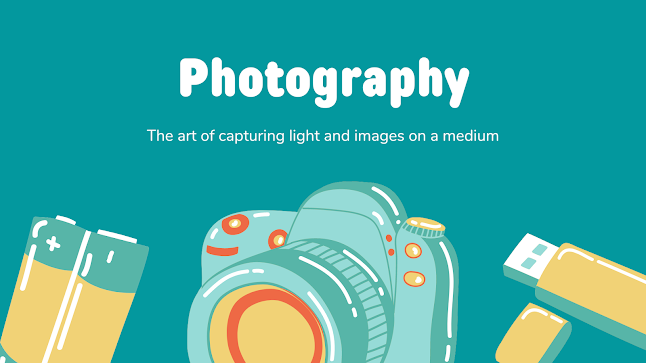Photography is the art of capturing light and images on a medium, such as film or digital sensors. The medium used to capture the image is known as the camera, and the photographer is the person who is responsible for creating the image. Photography has a long history that dates back to the early 19th century, and it has evolved significantly over the years.
The History of Photography
The first known photograph was taken in 1826 by Joseph Nicéphore Niépce, using a process known as heliography. This process involved using a camera obscura, which is a device that projects an inverted image of the outside world onto a piece of paper. Niépce was able to capture the first photograph by exposing a pewter plate coated with bitumen to light for several hours. The resulting image was a view of his estate from his window.
The next major development in photography came in 1839, when Louis Daguerre and William Fox Talbot introduced the daguerreotype and calotype processes, respectively. The daguerreotype process involved exposing a silver-plated copper plate to iodine vapor, creating a negative image. The calotype process, on the other hand, used a piece of paper coated with silver halide, which was then exposed to light to create a positive image.
The invention of the camera in the mid-19th century allowed for the mass production of photographs. The first commercially successful camera was the Kodak, which was introduced in 1888. This camera was small, portable and easy to use, making it popular among amateur photographers.
Advancement in photography technology
With the advancement of technology, photography has undergone significant changes. Digital cameras replaced film cameras in the late 20th century, and smartphones have made photography even more accessible to the general public. Digital cameras use an electronic sensor to capture images, which can be stored on a memory card or transferred to a computer for editing and printing.
Another advancement in photography technology is the development of software that allows for digital editing of photographs. These software programs allow photographers to adjust the exposure, color balance, and other aspects of an image to create a final product that is true to their vision.
The Different Types of Photography
Photography can be divided into several different categories, including portrait, landscape, abstract, and documentary. Portrait photography is the art of capturing images of people, whether they are individuals, groups, or families. Landscape photography is the art of capturing images of natural landscapes, such as mountains, beaches, and forests. Abstract photography is the art of capturing images that do not depict recognizable objects and instead focus on shapes, colors, and textures. Documentary photography is the art of capturing images that document a particular event or subject, such as a news event or social issue.
The Importance of Photography
Photography is an important tool for preserving memories, documenting events and communicating ideas. It is also an important medium for artists to express themselves and share their vision with the world. Photography has the power to educate, inform and inspire people. It has played a crucial role in the documentation of historical events, has helped in advertising and marketing industry, and has played an important role in the field of science and medicine.
photography is an art form that has undergone significant changes throughout its history. From the early days of heliography to the digital age, photography has always been a medium that allows people to capture and preserve memories, as well as communicate ideas and tell stories. With the continued advancement of technology, photography will continue to evolve, providing new and exciting opportunities for photographers


Comments
Post a Comment